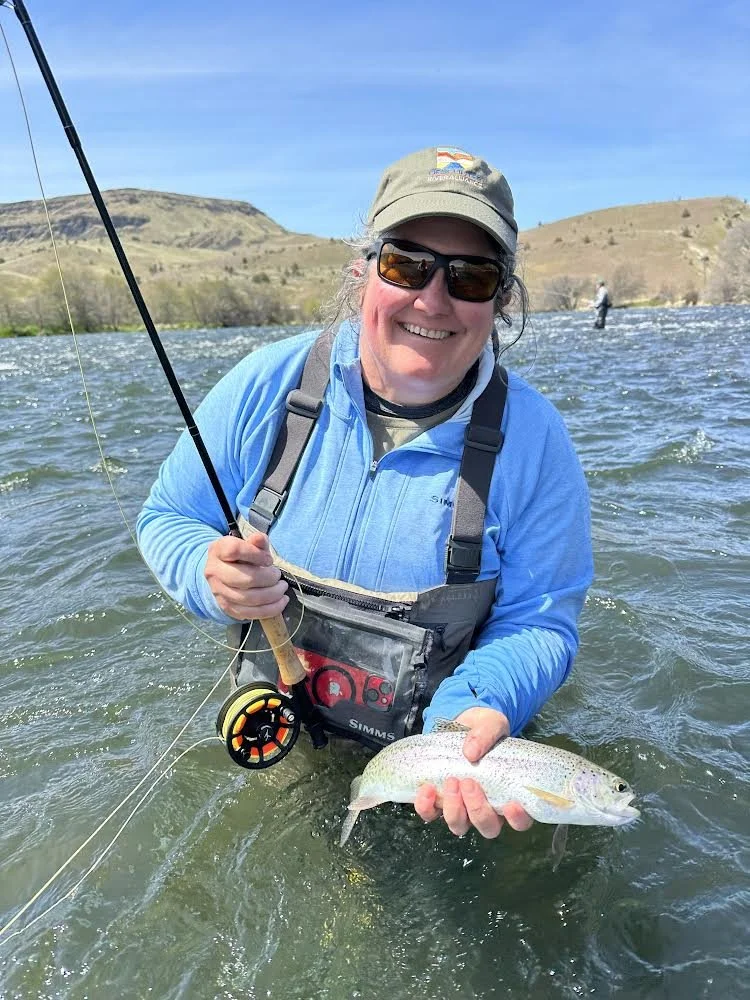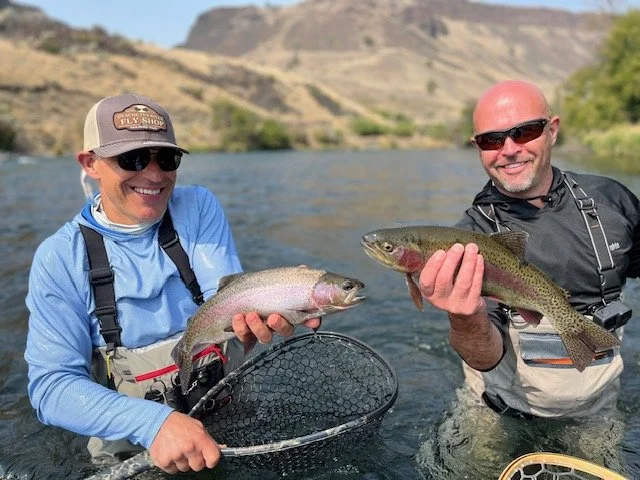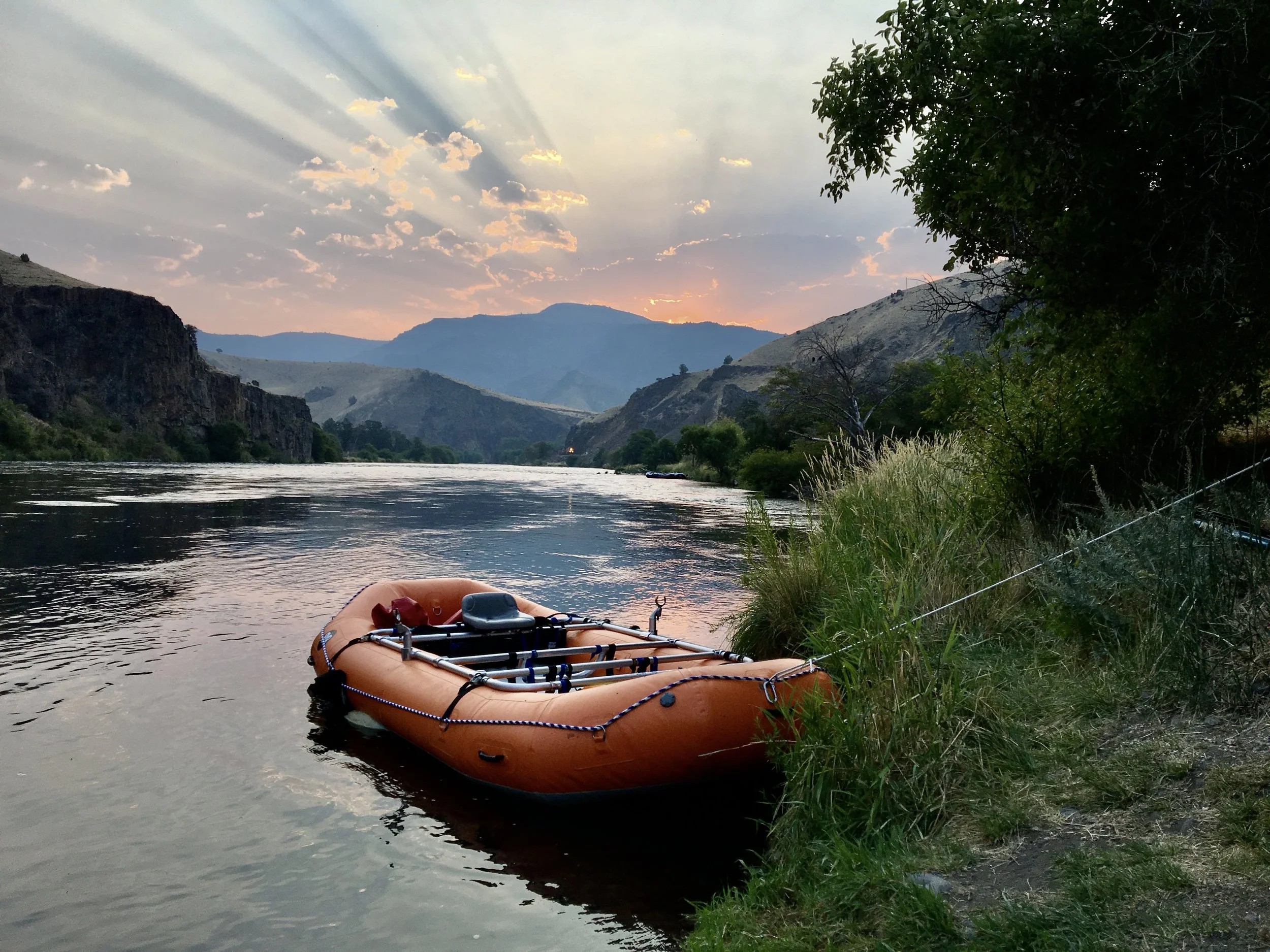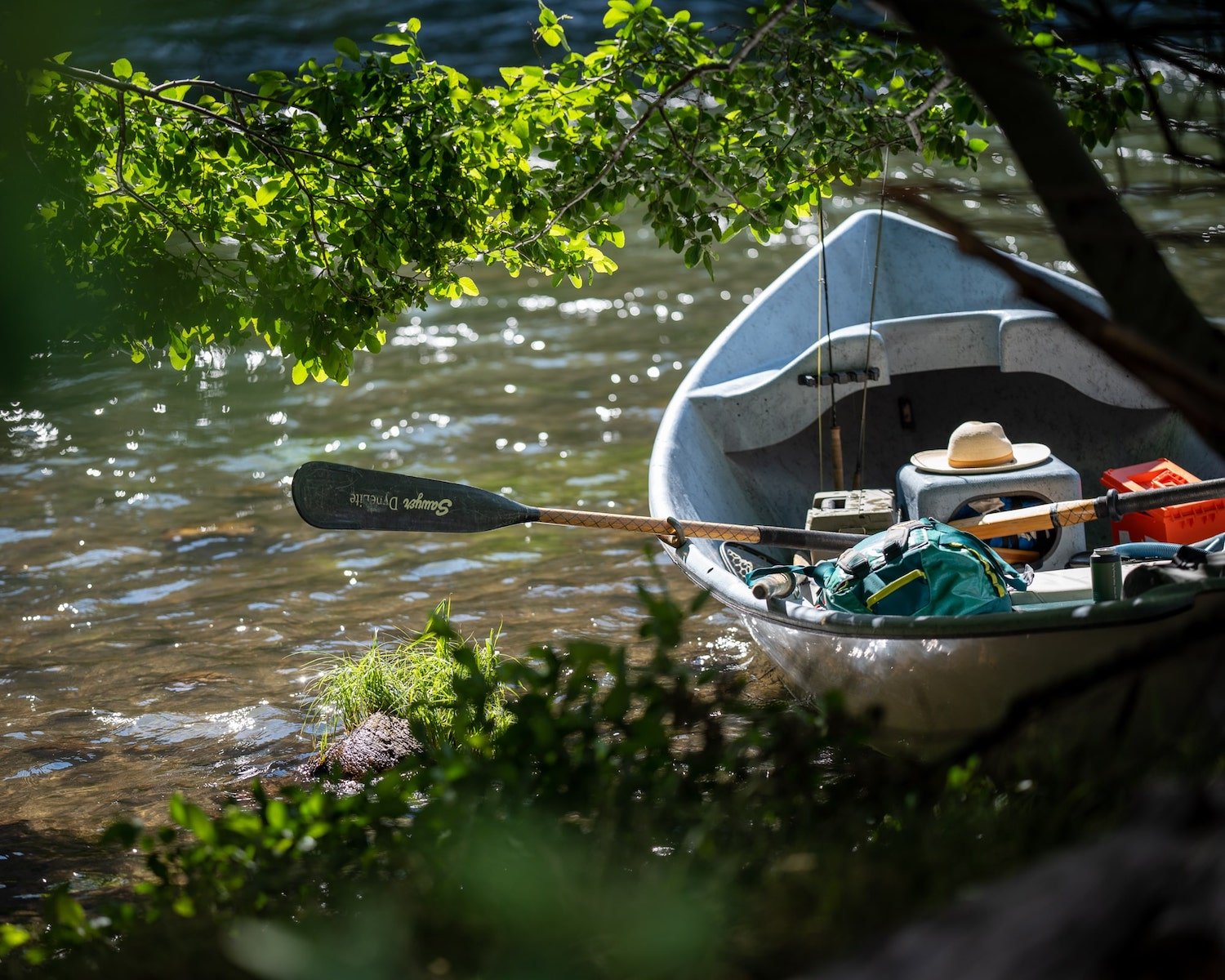What is Adaptive Management? ( and Why Isn’t PGE Practicing It?)
A dam road paved with good intentions? Pelton Dam, pictured here, is one of three dams owned and managed by PGE and the Confederated Tribes of the Warm Springs.
A Blueprint for Ecosystem Management
It’s been 15 long years since Portland General Electric’s Selective Water Withdrawal Tower came into operation. The Tower was designed to do two things: facilitate salmon and steelhead reintroduction above the three-dam Pelton-Round Butte Project, and improve water quality above and below those dams. Neither goal is within reach. Reintroduced salmon and steelhead numbers remain stubbornly low. And rather than improve water quality, it has declined markedly, as the DRA has steadfastly tracked since the advent of the Tower.
This wasn’t supposed to happen.The language in the federal license that PGE submitted to FERC is peppered with the vernacular of a concept in natural resource science known as adaptive management. Initially developed by fisheries managers in the 1970s, it is, in a simple definition written by a pair of U.K. scientists, “a tool to support effective decision-making, through learning from system responses to past actions and adapting management strategies accordingly.” It acknowledges the complexities of whole ecosystem management, and allows for broadscale changes to be applied within some fairly rigorous protocols. Its core principles, according to guidelines from the U.S. Department of Interior, are acknowledging uncertainty, learning by doing, stakeholder involvement, flexibility and iteration, and transparency.
Key steps are assessment, design, implementation, monitoring and evaluation. It aims to mitigate the uncertainties in ecosystem management by rigorous data collection and sharing, and democratize natural resource decision-making by involving a wide range of stakeholders.
PGE: Can the Company Walk the Talk?
If you believe the words spelled out in PGE’s federal license to operate the Pelton-Round Butte Complex, the Tower is supposed to operate under the auspices of adaptive management. It was sold to the public as a bold new frontier in fisheries and river management. But it hasn’t gone that way. The operation of the Tower violates adaptive management in principle and practice. Take another look at PGE’s interpretation of those aforementioned core principles. If space allotted to this blog allowed, violations of all five principles could be painstakingly recounted. So let’s stick to the worst offenses.
Flexibility and Iteration: this means that if a management decision results in less than the desired change, or worse, harm, that managers should reconvene with the best available data, meaningful input from stakeholder groups, and emerge with a plan to try something new. That has never happened with the Tower. Operations that started in 2010 are, with some minor tweaks, the operation we have now: eight months out of the year of warmer water, and a blend of cooler and warmer water from July through September. Sticking to a management regime that is failing at fish reintroduction and producing poor water quality is not adaptive, but regressive management.
Transparency: Of all the frustrations that accompany the long, slow decline of water quality in the lower Deschutes, perhaps the most infuriating is the ongoing lack of a reasonable, honest explanation from PGE about a rationale for maintaining a damaging status quo. In previous blog posts, our science team has debunked the notion that cooler, cleaner water from the depths of Lake Billy Chinook would run out if more of it flowed into the lower Deschutes. That team, led by retired ODFW fisheries biologist Steve Pribyl, also found that the current management regime has no discernible biological benefit to any of the trout, salmon and steelhead runs on the river.
A Modest Proposal
The Fix: The DRA advocates for a three-year trial run of a new operation plan for the Tower. It flips the script on eight-plus months a year (October through July of the following year) of warm, polluted water that’s currently causing so many problems on the lower river.
Under the DRA’s proposed scenario, cooler, cleaner water from the depths of Lake Billy Chinook would flow into the lower river year-round. The exception would run from March through June, when surface water would be withdrawn from Lake Billy Chinook to help outmigrating juvenile steelhead and salmon find their way to the forebay of the reservoir.
This kind of broadscale, long-term trial fits better with what PGE’s license to operate their complex of dams on the Deschutes spells out–adaptive management, actively practiced, to make the river as healthy as it so deserves to be.
More From The Blog
Subscribe the the DRA Newsletter
The Deschutes River Alliance is your focused voice to protect the lower Deschutes River, its cold water flows and the fish and wildlife that are sustained by them. We send regular emails with important data and news about the lower Deschutes River. We will not sell your contact information to others.
How to Support the DRA
Everyone wants clean, healthy water in the Deschutes River. Oregonians cherish our clean and healthy waterways to provide drinking water, wildlife habitat and recreational activities. The lower Deschutes River is a federally designated Wild & Scenic River, and a national treasure. It must be protected for the environmental and economic health of Central Oregon. By working together we can return the lower Deschutes River to full health.














